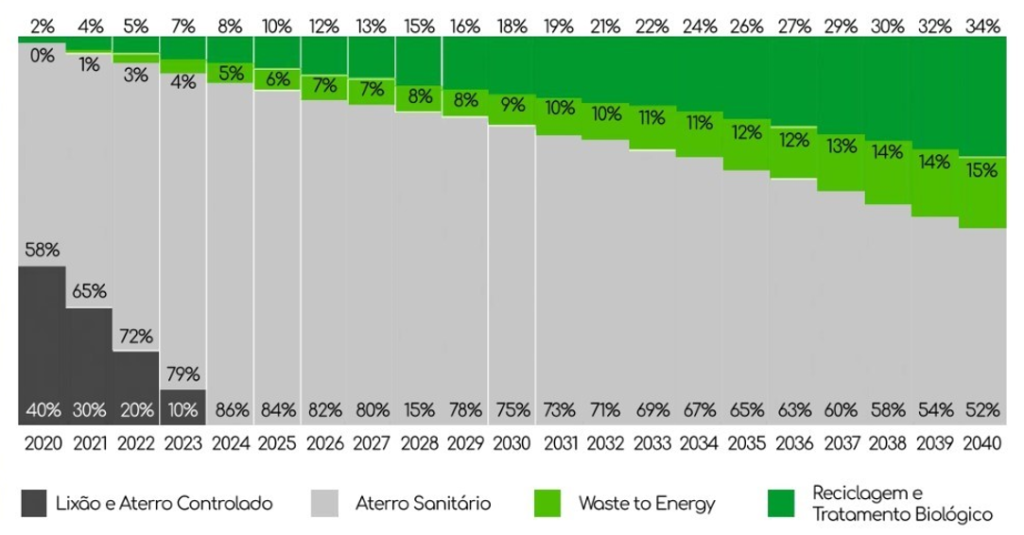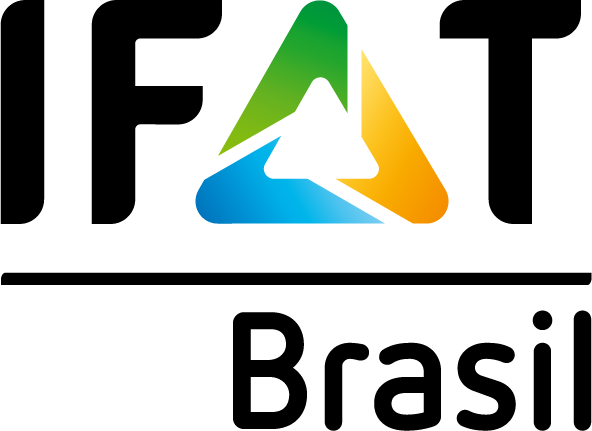Solutions Sector Energy Recovery
Within IFAT’s global goals, the strengthening and encouragement of the market for solutions for energy recovery from waste is aligned with the beneficial use in relation to its direct disposal and contribution to the balance of greenhouse gases. The sector’s emerging market is advancing rapidly in Brazil and this sector seeks to showcase the best solutions available on the market with feasibility of application for regional opportunities.
Brazilian Solid Waste Plan - 2021

Market Trends
- Massburning, thermal treatment and energy recovery from dry sewage sludge or waste and biomass
- Shielding and co-processing for clinker kilns
- Marketing of carbon credits
- Techniques and equipment to enable energy recovery from waste
- Biogas generation through biodigesters
- Biomethane and generation of liquid fertilizers from reuse process
Visitors Interest
- Landfill gas applications
- Thermal treatment and waste-to-value solutions
- Biogas and biomethane, machinery and technology
Event target audience
- private and public sanitation services operators
- waste management operation and treatment
- service sector
- building sector
- equipment, leasing and distribution
- associations, agencies and public department
- EPC - Engineering, Procurement and Construction
- agribusiness
- representation, import and export of equipment
- education institutions and universities
- energy production, efficiency and distribution sector
- laboratories and analysis
Source: Registration data and visitor satisfaction survey. Percentage based on total sample.
Visiting target audience
- Local Government and Municipal Representatives
- Municipal, state and federal departments
- Regional Block Team for Waste Services
- Designers and third sector professionals
- Private Waste Management Operators
- Startups, academic and innovation enthusiasts
- Cleantech and Greentech Financial Instruments
- Regulatory agencies and bodies
- Production sector of organic assets with high decomposition content
- Transformation industry with the help of thermal assets that can be replaced by the calorific value of waste
Source: Planares, 2021
